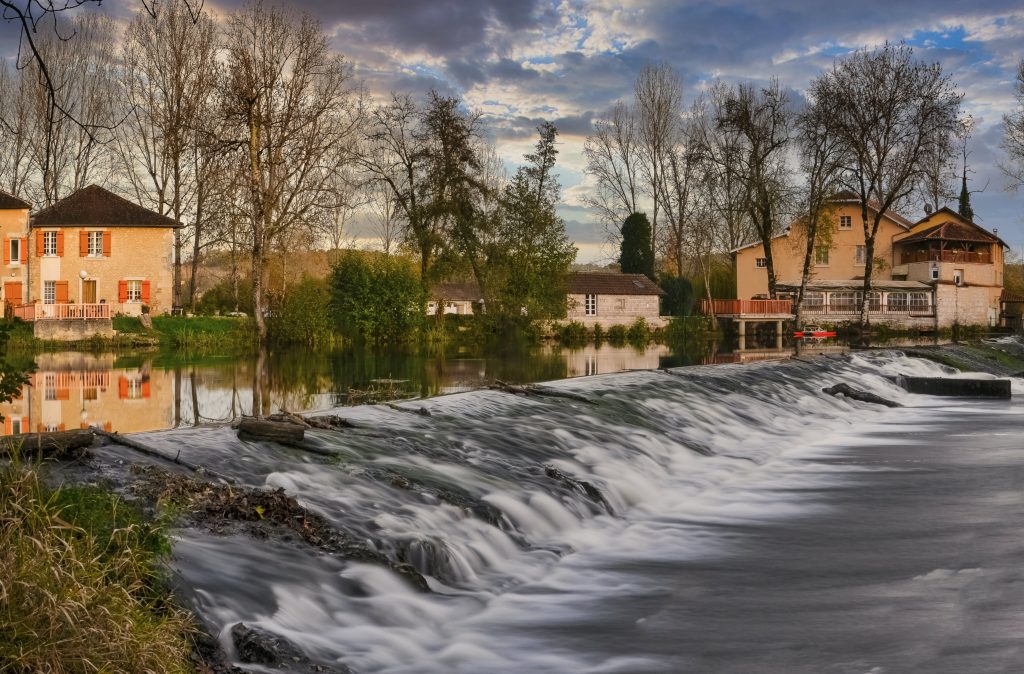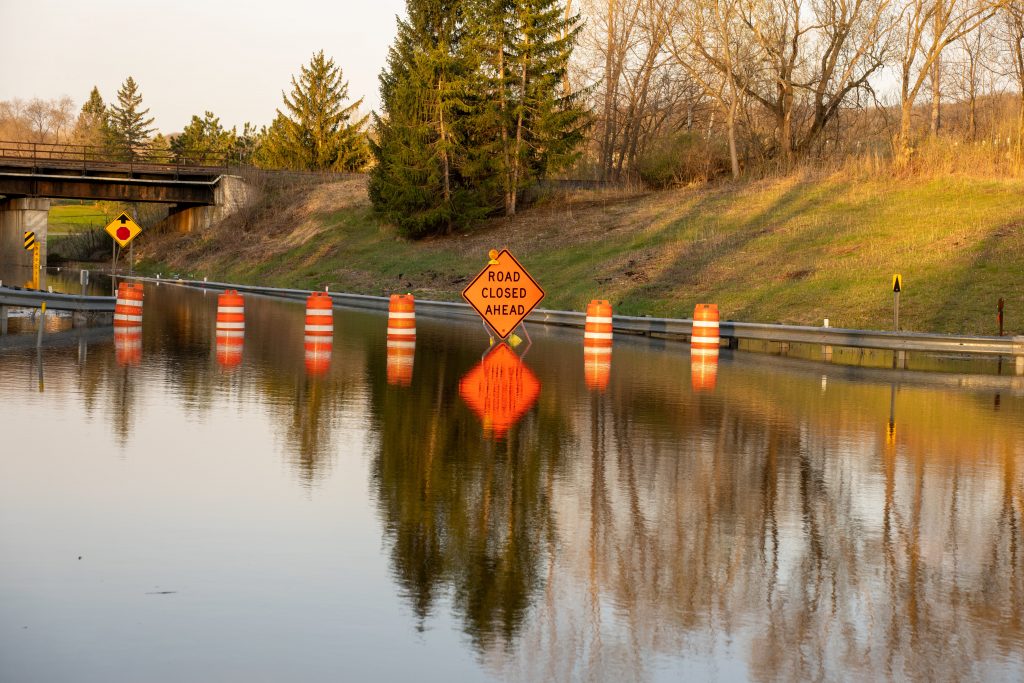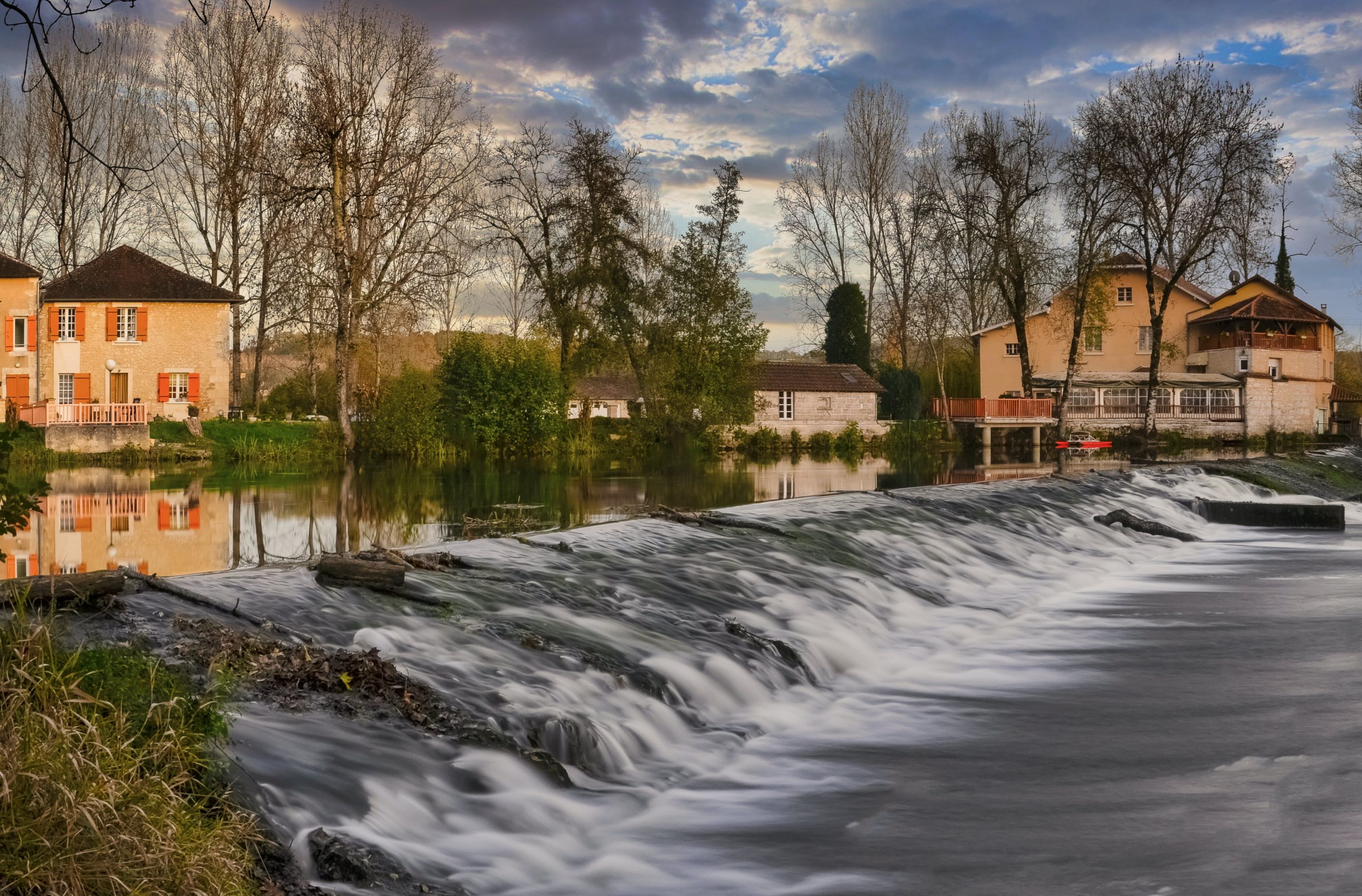Don't miss our holiday offer - 20% OFF!

Read also : High-Temperature Sensors in Forest Fire Monitoring
Floods are a natural disaster that often brings significant losses. To reduce their impact, technology plays a key role in flood prediction and protecting communities. One crucial technology in flood detection and monitoring is the high water level sensor. This article will delve into how high water level sensors operate and how this smart technology aids in flood prediction.
Contents
How High Water Level Sensors Work
High water level sensors are smart devices designed to measure water surface heights in rivers, small streams, and flood-prone areas. They operate in the following ways:
Ultrasonic or Pressure Sensors

Read also : Pressure Sensors: The Hidden Eyes Revealing the Secrets of Advanced Flood Monitoring Technology
Some sensors employ ultrasonic technology to measure water heights. They send sound waves to the water surface and measure the time it takes for the waves to bounce back after hitting the water’s surface. From this time of flight, the sensor can calculate the water’s height.
Pressure Sensors

Read also : Weather Sensors Controlling External Weather Factors
Pressure sensors work by measuring the water pressure beneath the sensor. Water height can be calculated based on the hydrostatic pressure generated by the water column above the sensor. The deeper the water, the higher the pressure measured, and the sensor calculates the water height based on the pressure difference.
Smart Technology for Flood Prediction
High water level sensors are an integral part of a broader flood monitoring system. They provide real-time and accurate data about water levels in rivers and small streams. This data is utilized for:
Flood Prediction

Read also : Advanced Weather Sensors in Flood Monitoring: How This Technology Helps Predict and Address Flood Threats
With continuously updated water level data, weather experts and flood monitoring officials can predict potential floods earlier.
Early Warnings

Read also : Utilizing IoT in Flood Monitoring and Early Warning Systems
When water levels reach dangerous thresholds, these sensors can automatically trigger early warning systems, enabling swift alerts and evacuations.
Conclusion
High water level sensors are essential components in flood prediction and control efforts. Using ultrasonic or pressure technology, they offer accurate data that supports flood prediction and early warnings. This smart technology helps protect human lives and property more efficiently and effectively. With continuous monitoring, we can unravel how high water level sensors work and understand their contribution to safeguarding communities from frequent flood threats.





